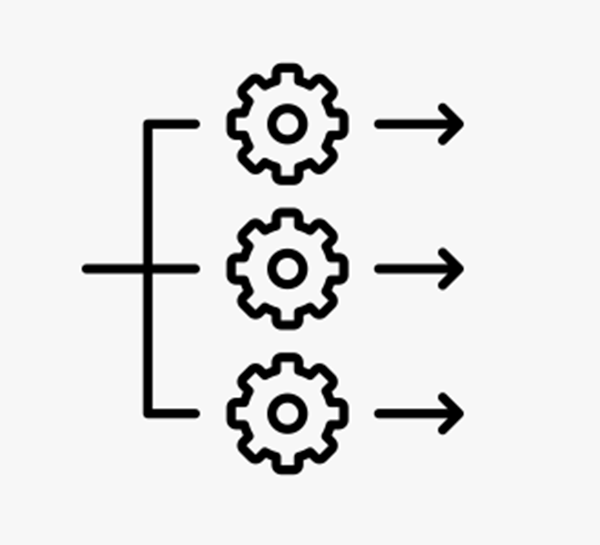
SQL Interview: 103 Stored procedures and transactions
This is a post in the SQL Interview series. These aren’t trick or gotcha questions, they’re just questions designed to scope out a candidate’s knowledge around SQL Server and Azure SQL Database.
Section: Development Level: Medium
Question:
Does a stored procedure automatically provide a transaction i.e., if a statement within a stored procedure fails, are all previous data modification statements rolled back?
Answer:
No, a stored procedure does not automatically provide an implicit transaction.
2025-12-30





